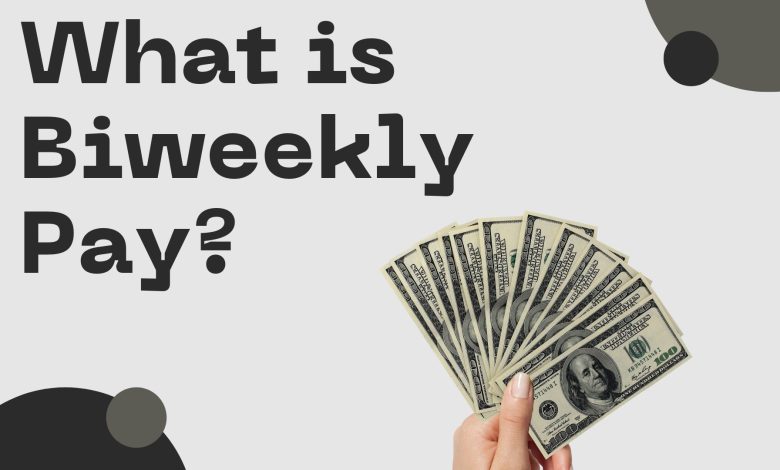Understanding Biweekly Pay in 2025: A Comprehensive Guide

In 2025, the biweekly pay schedule remains a prevalent method of compensation, with employees receiving their wages every two weeks, totaling 26 paychecks annually. This structure offers distinct advantages and challenges for both employees and employers. Understanding these aspects is crucial for effective financial planning and operational efficiency.
🔍 What Is Biweekly Pay?
Biweekly pay refers to a payroll system where employees are compensated every two weeks, resulting in 26 pay periods per year. This schedule is widely adopted across various industries due to its balance between administrative efficiency and employee satisfaction.
💡 Advantages of Biweekly Pay
1. Predictable Cash Flow
Receiving paychecks every two weeks provides employees with a consistent income stream, aiding in budgeting and financial planning. This regularity helps in managing recurring expenses such as rent, utilities, and loan repayments. saasant.com
2. Extra Paychecks
In certain months, employees may receive three paychecks instead of the usual two. These additional pay periods can be advantageous for saving, investing, or paying down debt. indeed.com
3. Simplified Overtime Calculation
For hourly employees, calculating overtime is more straightforward under a biweekly system, as the pay period aligns with the standard workweek.
4. Enhanced Employee Satisfaction
The regularity of biweekly pay can lead to increased employee satisfaction, as it provides a predictable income stream, reducing financial stress.
⚠️ Disadvantages of Biweekly Pay
1. Budgeting Challenges
Aligning monthly expenses with a biweekly pay schedule can be complex, as some months will have two paychecks, while others will have three. This discrepancy requires careful financial planning to ensure all expenses are covered.
2. Higher Payroll Processing Costs
Processing payroll 26 times a year can lead to increased administrative costs compared to monthly payroll systems. Employers need to allocate resources accordingly to manage these expenses. getthera.com
3. Potential for Financial Mismanagement
The frequency of paychecks may lead some employees to spend impulsively, especially if they lack a structured budgeting plan. This can result in financial instability if not managed properly. mrpaystubs.com
🧾 Impact on Employees
Employees benefit from the predictability and frequency of biweekly pay, which can enhance financial planning and reduce stress. However, without proper budgeting, the system can lead to overspending, especially during months with three paychecks.
🏢 Impact on Employers
Employers may face increased administrative costs and complexity in payroll processing. However, the system can lead to improved employee satisfaction and retention, which can offset these challenges. getthera.com saasant.com
🔄 Biweekly Pay vs. Other Pay Schedules
| Pay Schedule | Pay Periods per Year | Pros | Cons |
|---|---|---|---|
| Biweekly | 26 | Predictable cash flow, extra paychecks, simplified overtime | Budgeting complexity, higher processing costs |
| Semimonthly | 24 | Consistent monthly budgeting, fewer pay periods | Inconsistent pay dates, complex overtime calculation |
| Monthly | 12 | Simplified budgeting, fewer pay periods | Less frequent income, potential cash flow issues |
💼 Strategies for Managing Biweekly Pay
-
Budgeting Tools: Utilize budgeting apps or spreadsheets to track income and expenses effectively.
-
Emergency Fund: Establish an emergency fund to cover unexpected expenses.
-
Financial Counseling: Seek advice from financial advisors to optimize savings and investments.
❓ Frequently Asked Questions
Q1: How does biweekly pay affect my annual salary?
A1: Your annual salary remains the same regardless of the pay schedule. The difference lies in the distribution of your earnings across the year. Indeed.com
Q2: Can I switch from biweekly to monthly pay?
A2: Switching pay schedules requires employer approval and may involve adjustments in payroll systems and budgeting practices.
Q3: How can I manage budgeting with biweekly pay?
A3: Implementing a budgeting system that accounts for the varying number of paychecks in different months can help manage finances effectively.
Q4: Are there any tax implications with biweekly pay?
A4: The frequency of pay does not affect your tax obligations; however, the amount withheld per paycheck may vary.
Q5: How can employers streamline biweekly payroll processing?
A5: Employers can invest in payroll software and automate processes to reduce administrative burdens and minimize errors. oysterhr.com
📝 Conclusion
Biweekly pay offers a balanced approach to compensation, providing employees with regular income and employers with manageable payroll processing. While there are challenges, particularly in budgeting and administrative costs, these can be mitigated with proper planning and tools. Understanding the nuances of biweekly pay is essential for both employees and employers to maximize its benefits.



